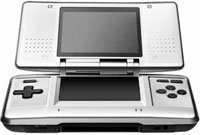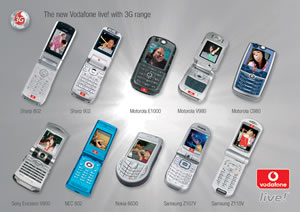For a very long time UK broadband providers have claimed that BT have had an obvious lack of enthusiasm for letting them in to telephone exchanges to install their own equipment, to offer services to rival BT’s. Known in the trade as local loop unbundling (LLU), BT’s rivals see it as the only profitable way to provide broadband and high-speed services, so they don’t have to pay BT for each customer, as they do if BT equipment is used.
Following on from continuous pressure from Ofcom, the UK super-regulator, and LLU price reductions announced in May, BT has now cut the cost further.. . They put this down to their investment in new automated processes. From now the cost of a shared LLU line is 62% less than it was in June of this year, the connection charge is now standing at £37 (~$64, ~€52) while the annual rental is £27.12 (~$48, ~€36). It looks like BT might be on a roll and if it continues, prices may be reduced by up to 70% by the end of the year.
Ofcom already indicated its enthusiasm for LLU to play a greater role in stimulating competition in the wholesale broadband sector. Last April its chief executive, Stephen Carter, hinted that Ofcom would be proactive in making LLU more attractive to rival operators.
In real terms, cutting the cost of LLU will encourage the deployment of more 3rd party equipment in BT’s exchanges, giving more choice to UK customers. As if to prove how serious they are about it, BT is appointing an LLU director of ceremonies. NTL and Cable & Wireless (Bulldog) have already announced multi-million-pound plans to invest in LLU in the UK, and they must be chomping at the bit to install their kit in BT exchanges and get on with the business of offering a service to their customers.
The UK is now a respectable 8th in the list of DSL countries, according to the DSL Forum. And as a member of the European Union, it is in the number one DSL region with more than 23 million subscribers. With lower prices bringing the UK more in line with its European counterparts, and higher speeds, customers should notice improvements as the LLU market in the UK is finally ignited.
 Announced last January, the Nintendo DS goes on sale in the US on 21 November and in Japan on December 2nd, with a price tag of $149.99 (~£84, ~€122), while Europe must wait until early 2005.
Announced last January, the Nintendo DS goes on sale in the US on 21 November and in Japan on December 2nd, with a price tag of $149.99 (~£84, ~€122), while Europe must wait until early 2005. Vodafone is launching their 3G voice services in Europe and Japan with a big splash by announcing 10 handsets at the outset.
Vodafone is launching their 3G voice services in Europe and Japan with a big splash by announcing 10 handsets at the outset.